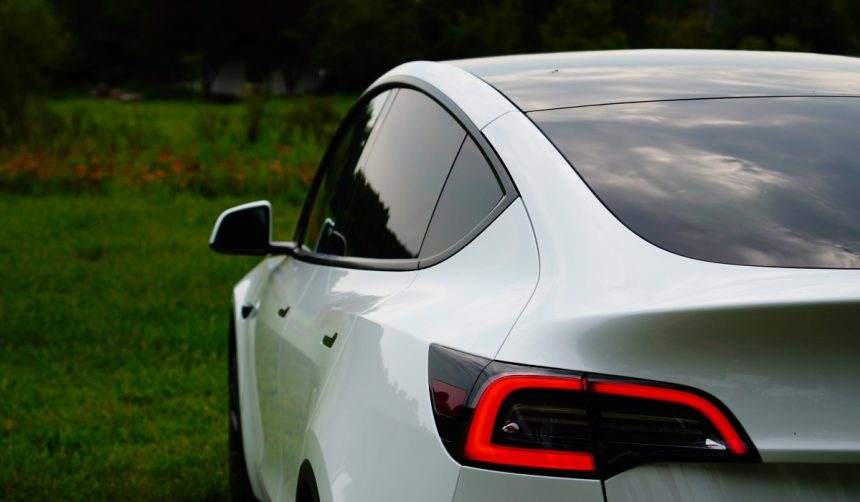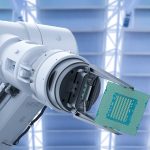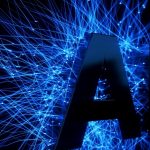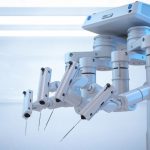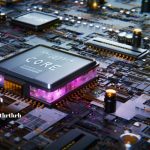Electric vehicle infrastructure in North America is expanding as Lucid Air drivers prepare to access Tesla‘s Supercharger network starting July 31. This announcement supports broader consumer options, as reliable and widespread charging is a top concern for prospective EV owners. Lucid’s latest move positions their vehicles alongside other brands already utilizing Tesla’s charging infrastructure, a step expected to impact both customer satisfaction and competitive dynamics in the EV sector.
Other EV manufacturers such as Ford, Hyundai, and Rivian have previously secured access to Tesla’s Supercharger network, each employing either adapters or integrating the North American Charging Standard (NACS) directly into newer models. Reports in prior coverage indicated Lucid’s eventual adoption of Supercharger access but left technical details ambiguous. The recent confirmation provides clarity regarding compatibility and access conditions, specifying adapter requirements and pricing, which had not been as concrete in earlier updates.
How Will Lucid Air Owners Connect to Superchargers?
All Lucid Air models, regardless of year or trim level, will be able to use any of over 32,500 Tesla Superchargers across the United States and parts of Canada. To facilitate charging at these locations, owners will need a DC NACS (North American Charging Standard) to CCS1 adapter, which will be offered by Lucid at $220 plus tax. This requirement differs from the Lucid Gravity SUV, which already includes a native NACS port and has had Supercharger access since January.
What Charging Speeds Can Lucid Drivers Expect?
When connected via the adapter, Lucid Air vehicles can achieve charging speeds of up to 50 kW, with the potential to gain approximately 200 miles of range per hour. Although this rate is not as high as the speeds some other Supercharger-compatible vehicles can reach, the Air’s notable long-range capability is emphasized as an advantage by the brand. Additional charging network access is likely to be particularly valuable for long-distance drivers.
How Does Lucid’s Expansion Compare to Other Automakers?
Lucid joins an array of major automakers whose full EV lineups can now utilize Tesla’s charging network, including brands like Ford, General Motors (Chevrolet, GMC, Cadillac), Volvo, Polestar, Nissan, Mercedes-Benz, Hyundai, Kia, Genesis, Honda, Acura, and Aptera. Other significant carmakers, such as BMW, Audi, Volkswagen, Porsche, and Subaru, are slated to join in the near future. This widespread network adoption signals interoperability’s increasing importance within the EV sector as consistency in charging standards becomes more widespread.
Industry leaders have highlighted the impact of this agreement. Emad Dlala, Senior VP of Powertrain at Lucid, stated:
“In addition to offering the longest-range electric vehicle available, Lucid is committed to offering our customers seamless and wide access to public charging. Access to the Tesla Supercharging Network for the Lucid Air is yet another major milestone.”
Lucid Air’s access to Superchargers adds flexibility for drivers, even if the charging speed does not outpace every competitor in the segment.
Opening the Tesla Supercharger network to Lucid Air extends a trend of collaboration and compatibility in the EV industry. With NACS becoming standard among several manufacturers, consumers are poised to benefit from a more unified and accessible charging network. While charging speed limitations are present, real-world impacts depend on individual use cases, including trip planning and typical driving patterns. For those considering an electric vehicle, evaluating available charging solutions and understanding adapter requirements will remain critical steps in making informed purchase decisions.

